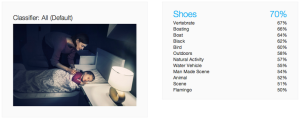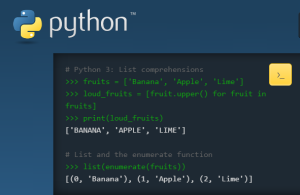The following tweet appeared on my timeline today:
Initially I thought “heh, fair point – we are defining that the only true intelligence is described by the properties humans exhibit”, and my in-built twitter filter ignored the inaccuracies of the analogy. I clicked on the tweet as I wanted to see what the responses were and whether there was a better metaphor that I could talk about. There wasn’t – the responses were mainly variants on the deficiencies of the analogy and equally problematic in their own right. While this didn’t descend into anything abusive, I do feel that the essence of what was trying to be conveyed was lost and this will be a continual problem with twitter. One of the better responses did point out that cherry-picking a single feature was not the same as the Turing Test. However, this did get me thinking based on my initial interpretation of the tweet.
In order to answer a big question we are simplifying it in one way. Turing simplified “Can machines think?” to “can machines fool humans into thinking they are human?”. Continue reading Can machines think?





